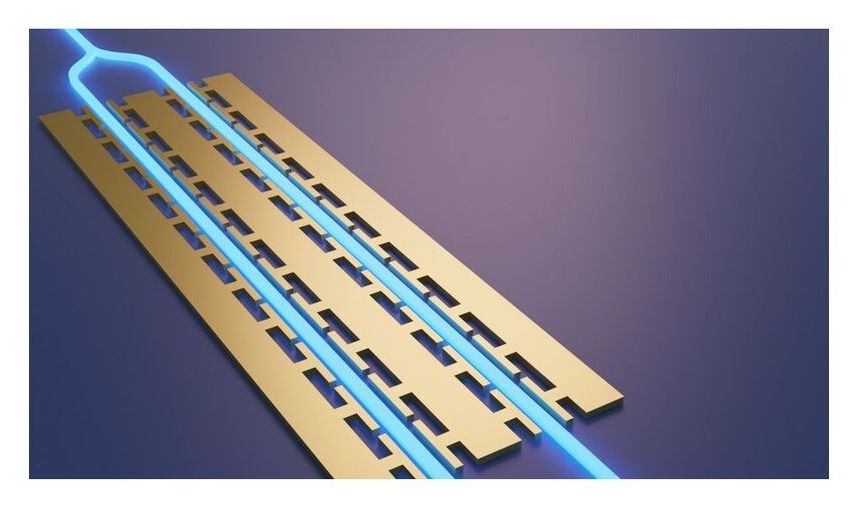CAMBRIDGE, Mass.—(BUSINESS WIRE)—Engineers from HyperLight, a leader in the commercialization of thin-film lithium niobate (LN) photonic integrated circuits (PICs), have achieved breakthrough voltage-bandwidth performances in integrated electro-optic modulators. The broadband electro-optic PIC could lead to orders of magnitude energy consumption reduction for next generation optical networking.
“We believe the significantly improved electro-optic modulation performance in our integrated LN platform will lead to a paradigm shift for both analog and digital ultra-high speed RF links” Tweet this
Energy consumption in optical networking for ethernet, data centers and 5G is soaring as a result of the rapidly growing data traffic. This is because of the limited performance of existing electro-optic modulators, the key element in converting data from the electrical to optical domain at high speed for optical networks. Current electro-optic modulators require extremely high radio-frequency (RF) driving voltages (5 V) as the analog bandwidth in ethernet ports approaches 100 GHz for future terabits per sec capacity transceivers. In comparison, a typical CMOS RF modulator driver delivers less than 0.5 V at such frequencies. Compound semiconductor modulator drivers can deliver voltage 1 V at significantly increased cost and energy consumption but still fall short to meet the optimum driving voltage. The limited voltage-bandwidth performance in electro-optic modulators poses a serious challenge for meeting tight power consumption requirements from network builders.
